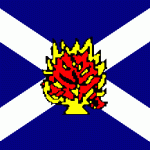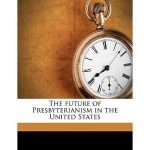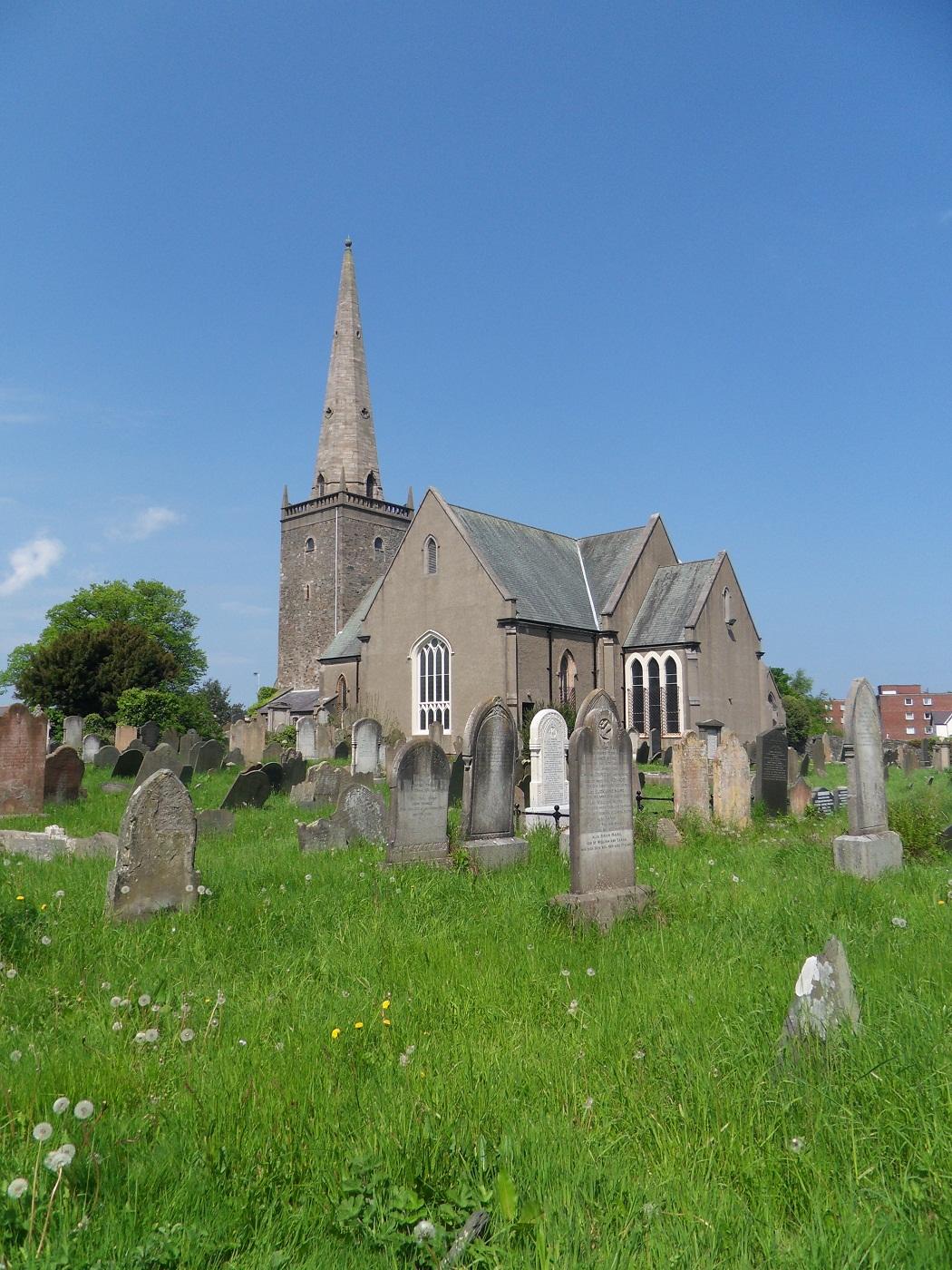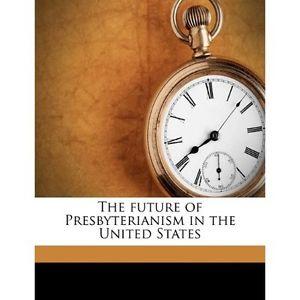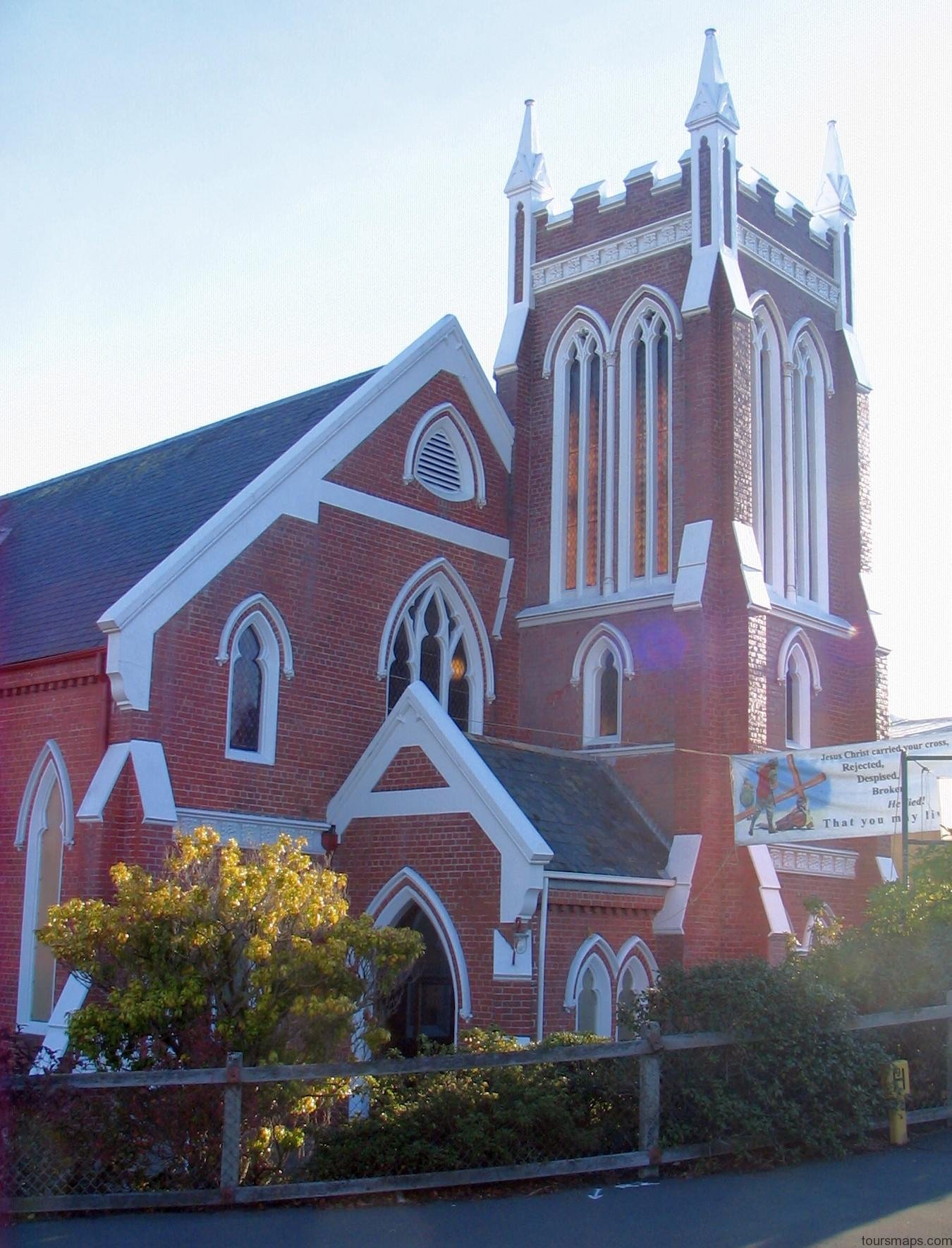The term presbyterianism can refer to many things. It can refer to a form of church government that is structured around elders (from the Greek
presbuteros) or a theological system based on covenant theology and the sovereignty of God. It may also refer to a church movement that began with the
Reformation and continues to the present day.
Although there are many heroes of the Continental Reformation, John Calvin is most widely associated with the Presbyterian form of church government.
Calvin was a French theologian who fled to Geneva to avoid persecution. There, he took the helm of the Reformation in Switzerland and initiated his
Presbyterian form of government in both church and state. Calvin envisioned two types of elders: (1) ruling elders, who had the primary task of
governance; (2) teaching elders, who were to preach and teach the word of God. A systematic presentation of Calvin’s doctrine can be found in his
Institutes of the Christian Religion.
Under Calvin’s influence, Presbyterian theology emphasized God’s sovereign reign over against his creation. God’s righteousness and goodness were
contrasted to man’s utter depravity. In this view, apart from God’s grace and love, humanity is unable to restore itself to wholeness. Only through God’s
predestination are individuals redeemed by the incarnation and atonement of Jesus Christ, God’s only son. Just as Adam is the representative (federal
head) of all of humanity in its sinfulness, Jesus Christ is the representative (federal head) of humanity’s salvation.
John Knox, a Scot, spent some time with Calvin in Geneva. Although he did not possess Calvin’s theological rigor and political genius, Knox was solely
responsible for the introduction of Presbyterianism into Scotland. Knox wrote the first Book of Discipline and the Directory of Worship, which are the
foundational texts for Presbyterian order and worship today. Knox also organized the first General Assembly in Scotland. Knox was the primary vehicle for
the Reformation in Scotland, whereby Roman Catholicism was replaced by Presbyterianism in the latter part of the sixteenth century. Today, the
Presbyterian movement in Scotland is known as the Church of Scotland.
Many Scots migrated to Ireland in early part of the seventeenth century and brought along their Presbyterian theology and form of church government. A
presbytery was formed in Ulster in 1642, and by the end of the next decade, five presbyteries existed in Northern Ireland. In 1681, the presbytery of
Laggan authorized Francis Makemie to receive a call to the ministry from a colony on the Eastern shore of Virginia. Later, in the early 1700s, economic,
political, and religious hardships initiated a migration of Scots-Irish to America. By 1776, over 250,000 Scots-Irish had made the trip across the Atlantic to
the New World. There was no specifically Presbyterian colony, but Presbyterian churches were scattered throughout the Middle colonies by the beginning
of the nineteenth century.
Makemie, considered the founder of American Presbyterianism, was instrumental in forming the first presbytery of the early colonies around 1706.
Presbyterianism was quickly being established in this region, so that, by 1717, four presbyteries gathered together to form the first Synod of New York and
Philadelphia. In 1729, they adopted the Westminster Confession of Faith; in May 1789, four regional synods (New York and New Jersey, Philadelphia,
Virginia, and the Carolinas) held their first general assembly. All of this occurred despite a schism that lasted from 1741 to 1758.
The First Presbyterian Church in Philadelphia is believed to have originated when founder Francis Makemie organized a congregation there in 1698. The
building itself was erected in 1704 and redesigned with a classical temple facade in the last years of the century. (Yale University Art Gallery, New
Haven, Connecticut/Bridgeman Art Library)
Although modern Presbyterians draw from a variety of confessions and catechisms, the Westminster Confession of Faith and Shorter and Longer
Catechisms have remained at the center of American Presbyterianism. The impetus for the confession and catechisms came out of the restructuring of
the Church of England by the Puritans. The desire was to have an English church that was Calvinistic in theology and Presbyterian in government.
The English Parliament convened the Westminster Assembly in 1643 in Westminster Abbey. This assembly comprised 121 ministers (or divines), ten
members of the House of Lords, twenty members of the House of Commons, and eight influential Scotsmen. It was overwhelmingly Presbyterian. The
assembly was convened to advise Parliament in the restructuring of the Church of England and to navigate a clear theological path among Catholicism,
Arminianism, and Anabaptist tendencies. The confession and catechisms were delivered to Parliament in 1647. The assembly continued to meet until
1649. Although the work of the assembly never was fully adopted in England, the Scottish General Assembly accepted the Westminster Confession and
Catechisms in 1647.
Today, there are several Presbyterian denominations in the United States. The largest is the Presbyterian Church (U.S.A), which has over 2.5 million
members and over 11,000 congregations.
Robert Leach
See also: Anglican Church; Reformation; Religion (Chronology); Religion (Essay).
Bibliography
Book of Confessions: Study Edition. Louisville, KY: Geneva, 1996.
Drury, Clifford Merrill. Presbyterian Panorama. Philadelphia: Presbyterian Church in the United States of America, 1952.
Hanzsche, Wm. Thomson. The Presbyterians: The Story of a Stanch and Sturdy People. Philadelphia: Westminster, 1934.
McKim, Donald. Introducing the Reformed Faith. Louisville, KY: Westminster-John Knox, 2001.
Smylie, James H. A Brief History of the Presbyterians. Louisville, KY: Geneva, 1996.
Torrance, Thomas F. Scottish Theology from John Knox to John McLeod Campbell. Edinburgh, UK: T&T Clark, 1996.
Presbyterianism Photo Gallery
Maybe You Like Them Too
- Top 10 Islands You Can Buy
- Top 10 Underrated Asian Cities 2023
- Top 10 Reasons Upsizing Will Be a Huge Travel Trend
- Top 10 Scuba Diving Destinations
- The Best Cities To Visit in The World



